 Optical advertisement is a name used for specially made pictures that can move, change their design or evoke counter impression in order to attract our attention and rouse our active visual interest.
Optical advertisement is a name used for specially made pictures that can move, change their design or evoke counter impression in order to attract our attention and rouse our active visual interest.
Optical advertisement is active, it creates an illusion of movement, interaction, change and spacious perception, due to which it can capture our attention at the first sight, stop us and make us discover it. This way both its direct effect and a long-term subconscious advertisement exposure are substantially increased (“Oh yes, it was THE advertisement with the moving merry-go-round…!”)
Nowadays, optical advertisement is one of the most attractive advertisement and marketing tools to attract customer’s attention. The fact that optical advertisement has a long-term effect without any maintenance and no additional costs is a great advantage.
Classical forms of visual advertisement are becoming old-fashioned very fast. An eye-catcher with an optical advertisement can attract our attention 20 times better than commonly used advertisement placards (proved by the University of Economics in Vienna).
How the lenticular technology works:
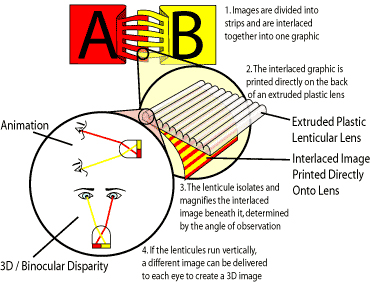
How does optical advertisement?
Optical advertisement is based on lenticular technology. The aimed effect is achieved with pass of the “coded” picture through unique lenticular foil. Therefore, to watch the picture, we don’t need any electric energy; we just need to change the view angle. Optical advertisement brings new possibilities because the same picture area can deliver much more information than any classical print on any materials.
| Morphing: | 3D depth: |
 |
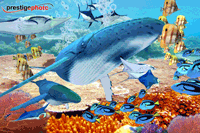 |
| It is important that the images are of a similar shape and color density. Elements that are not similar enough can cause one image to appear faintly over the other (known as “ghosting”) when only one image should be seen. | Color choice and placement play a large role in the optimum 3D effect. Neutral colors in the background and brighter colors in the foreground work best. |
Lenticular image –- ranked among the so-called auto-stereoscopic effects, allow us to watch a 3D image without any special glasses. This expression is derived from the words lens, lenticula (lenses) and lento (to diffract). Lenticular effect principle: A specially prepared or “cut up” picture is watched through a plastic sheet called the lens screen (lenticular lens screen). The screen surface is made of tens of tiny parallel cylindrical lenses, whose number per inch (lenses per inch, lpi) is called a pitch. The focal distance of each lens is the same as the transparent plastic sheet thickness, so that it magnifies only a narrow strip of the picture situated just under the lens. As soon as the view angle is changed, the focal point moves and another part of the picture is magnified, so that the beholder can see a different image.
| Flip: | Motion: |
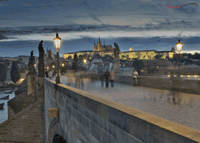 |
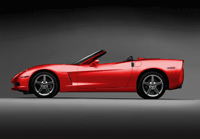 |
| To maintain sharp contrast between the elements, limit the flip to only two images. The most dramatic visual presentation will result with fewer frames. In flip animation, less is definitely more. | While all master video formats can be used, digital betacam is the best source material to ensure high-quality motion. |
Prestige Photo, s.r.o. is eminent specialist in lenticular technology. All production is carried out in the Czech Republic at our production facility with state-of-the-art equipment (press, computers, software). This is why Prestige Photo can offer their clients a short delivery time and low costs with exceptional quality. Visit them at: http://www.optickareklama.cz
| Zoom: |
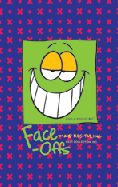 |
| Cool, darker colors in the background and warmer, lighter tones for the element in motion tends to produce the best zoom effect. |
